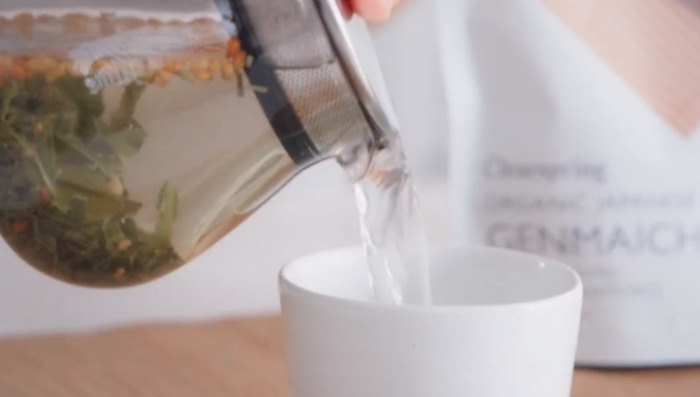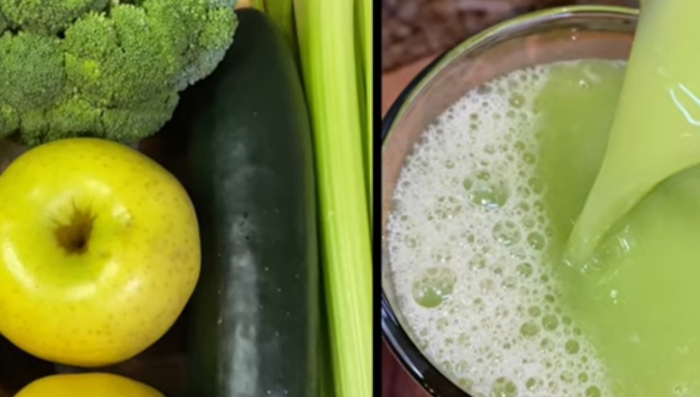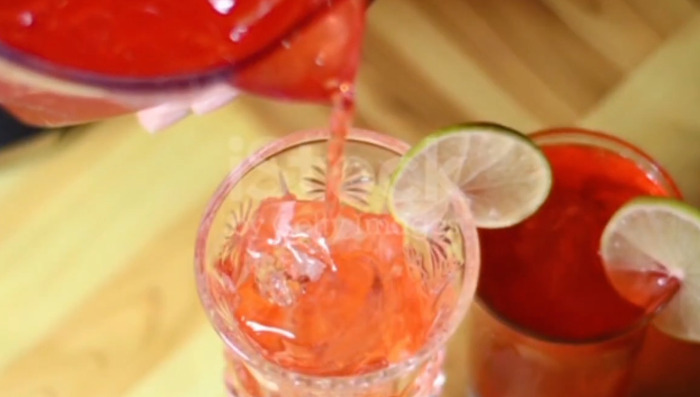Definition of Cheesecloth:
Cheesecloth is a unique cotton fabric, known for its loose weave and resemblance to medical gauze. It’s available in seven different grades of weave, ranging from open to extra-fine, each with specific applications in the kitchen. But cheesecloth isn’t just for culinary use. Some gardeners even utilize it to protect young plants from frost, thanks to its breathable and natural properties.
In the culinary world, cheesecloth is often used for straining food, making cheese, and even dusting freshly baked cookies with powdered sugar. It’s a versatile tool that can be used to create homemade treats like almond milk, vegetable couscous, and ricotta cheese. However, it’s not always reusable. Food can become trapped in the weave, making it difficult to clean, and some cheesecloths come with a single-use tag.
While cheesecloth is a specialised tool created specifically for straining food, there are many substitutes like cotton, muslin, linen, and even medical gauze that can provide similar results at a lower cost. Whether you’re a professional chef or a home cook, understanding the properties and applications of cheesecloth can enhance your culinary creativity and efficiency.

How Do You Use Cheesecloth To Strain Juice?
Using cheesecloth to strain juice is a straightforward process that can enhance the texture and flavor of your homemade juices. By following these steps, you’ll be able to enjoy smooth, pulp-free juice with ease.+
1.Choose the Right Grade of Cheesecloth
Selecting the appropriate grade of cheesecloth is essential for straining juice. Cheesecloth comes in different grades, with varying thread counts and weave tightness. For juicing, a medium-grade cheesecloth usually works well, as it allows the liquid to pass through while trapping the solids.
2.Prepare the Cheesecloth
Before using the cheesecloth, make sure to wash it to remove any potential residue. You can then cut it to the size you need, keeping in mind that it’s better to cut generously to ensure it fits over your straining container. If you need a finer texture, you can fold the cheesecloth to create multiple layers.
3.Set Up the Straining Station
Place the cheesecloth over a bowl, jug, or other container where you want to collect the juice. You can secure it with a rubber band or simply hold it in place. If you want additional support, you can place a sieve under the cheesecloth.
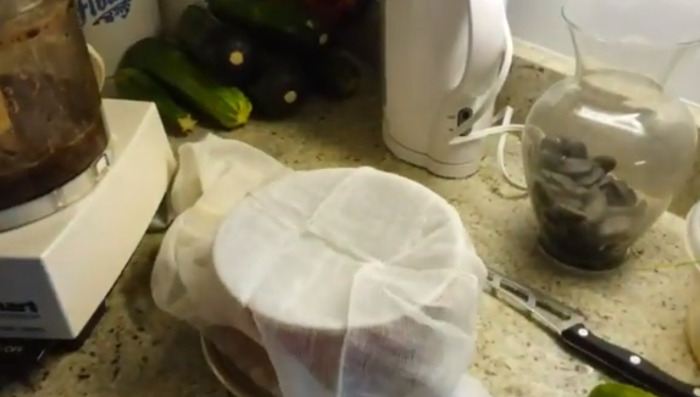
4.Pour the Juice
Slowly pour the juice over the cheesecloth, allowing the liquid to pass through while the solids remain on top. Be patient, as pouring too quickly can cause spillage or allow unwanted particles to pass through.
5.Squeeze If Necessary
If you want to extract every last drop of juice, you can gently squeeze the cheesecloth. Be careful not to press too hard, as this can force solids through the weave.
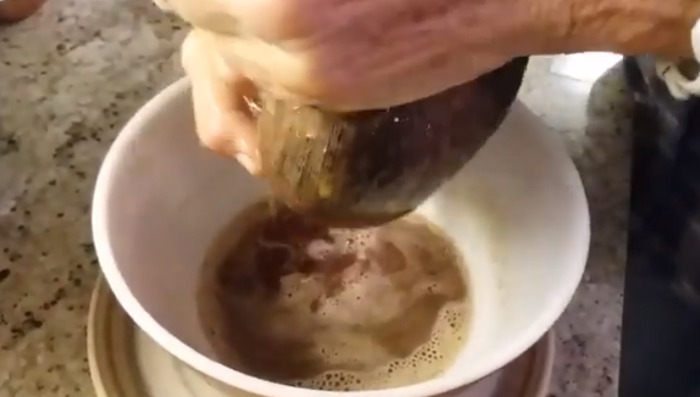
6.Clean and Reuse (If Applicable)
Cheesecloth can often be washed and reused. Rinse it thoroughly, and if you plan to use it again for food, make sure to wash it with food-safe soap. Some cheesecloths may stain, so it’s wise to use one that you don’t mind discoloring.
Grades of Cheesecloth:
Understanding the different grades of cheesecloth helps you select the right one for your specific needs. Whether you’re cooking, cleaning, or conducting scientific experiments, there’s a grade of cheesecloth designed for your task. Always consider the weave and thread count to ensure you choose the appropriate grade for your project.
1.Grade 10 Cheesecloth
- Contains 20 threads per inch.
- Loose weave, suitable for bundling herbs and spices.
- Not ideal for fine straining due to the open weave.
2.Grade 40 Cheesecloth
- Features 24 threads per inch.
- Medium weave, perfect for culinary tasks like straining sauces and making cheese.
- Can be doubled for finer straining.
3.Grade 50 Cheesecloth
- Comprises 28 threads per inch.
- Tighter weave, excellent for straining stocks and juices.
- Popular in culinary applications for its versatility.
4.Grade 60 Cheesecloth
- Contains 32 threads per inch.
- Fine weave, suitable for tasks requiring detailed straining.
- Often used in laboratories and for filtering fine particles.
5.Grade 90 Cheesecloth
- Features 44 threads per inch.
- Very fine weave, ideal for straining fine particles and making ghee.
- Often used in professional kitchens and labs.
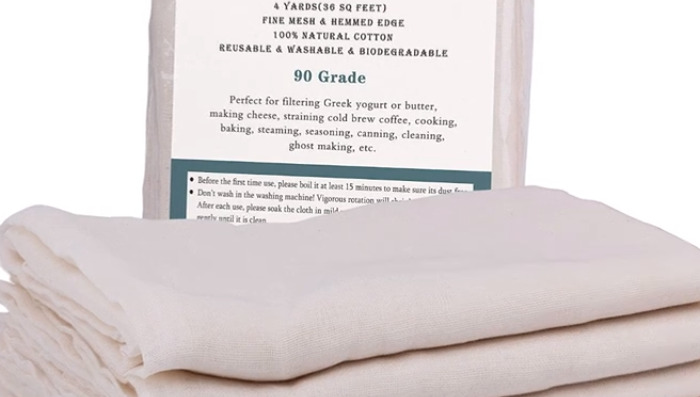
Types of Cheesecloth:
Unbleached Cheesecloth
- Made from natural cotton fibers.
- Free from dyes and chemicals.
- Often used in cooking and straining.
Bleached Cheesecloth
- Treated to remove natural colour.
- Bright white appearance.
- Suitable for culinary and crafting purposes.

Organic Cheesecloth
- Made from certified organic cotton.
- Free from synthetic pesticides and fertilizers.
- Ideal for those seeking eco-friendly options.
Heavy-Duty Cheesecloth
- Thicker and more durable weave.
- Suitable for repeated use.
- Often used in industrial applications.
Colored Cheesecloth
- Dyed in various colors.
- Used for decorative purposes.
- Not recommended for food-related tasks unless specifically labeled as food-safe.
Disposable Cheesecloth
- Designed for single use.
- Convenient but less eco-friendly.
- Common in quick kitchen tasks.
Reusable Cheesecloth
- Can be washed and reused.
- More sustainable option.
- Suitable for a wide range of applications.
What are the uses of cheesecloth?
Cheesecloth is a versatile material with a wide range of applications.Here are the different uses of cheesecloth:
Straining Liquids
- Used to strain juices, broths, and sauces.
- Helps remove lumps and impurities.
- Achieves a smooth texture in culinary creations.
Cheese Making
- Essential in the process of making cheese.
- Separates curds from whey.
- Provides control over texture and moisture content.
Spice Pouch Creation
- Can be used to create spice pouches.
- Holds herbs and spices during cooking.
- Enhances flavor without leaving residue.
Yogurt Making
- Useful in making Greek yogurt at home.
- Strains excess liquid to achieve desired thickness.
- Can be used with a yogurt maker or manually.
Dusting and Polishing
- Effective for dusting baked goods with powdered sugar.
- Polishes silverware and pots.
- Can be combined with baking soda for cleaning.
Covering Food
- Protects food from insects while cooling.
- Allows dough to breathe, maintaining crunchiness.
- Useful for bread, croissants, and rolls.
Medical Uses
- Resembles medical gauze in appearance.
- Can be used in emergency kits.
- Suitable for temporary bandaging or wound care.
Decorative Uses
- Available in various colors for crafting.
- Used in event decorations and art projects.
- Not all colored cheesecloths are food-safe.

Cheesecloth Substitutes:
Finding the right substitute for cheesecloth depends on the specific task at hand.
Cotton Items
- Pillowcase: Practical and washable, suitable for straining.
- Flour sack towel: A useful alternative for cheesecloth.
- Reusable cotton fruit bag, cloth diaper, cotton napkin: Can be used for straining, preferably without dyes.
Mesh Bag
- Fine-mesh bags: Similar results to cheesecloth, reusable.
- Paint strainer bag: Available at hardware stores, durable.
Pantyhose
- Stockings: Stretchable, fine texture, suitable for straining.
- Can be used for spice pouch creation, washable.
Sieve
- Fine-wire sieve: Good for sauces and broths, reusable.
- Not as fine as cheesecloth but a practical alternative.
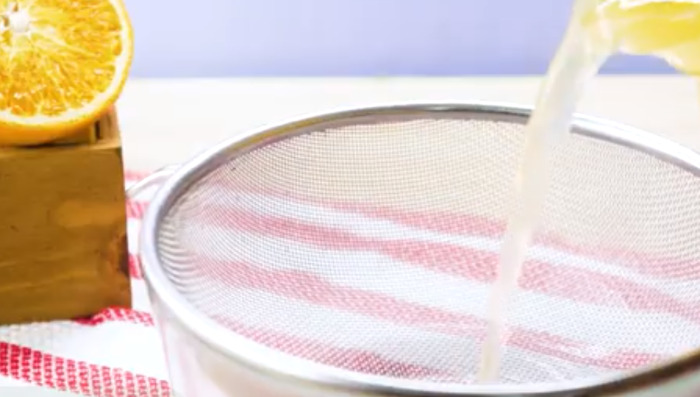
Coffee Filter
- Resembles cheesecloth weave, suitable for straining.
- Disposable or reusable, must be washed after food use.
Medical Gauze
- Similar to cheesecloth, thinner, and more open weave.
- Suitable for juicing, not reusable, cheaper than cheesecloth.
Kitchen Towel
- Made from a cotton blend, similar weave to cheesecloth.
- Suitable for straining, reusable, and easy to wash.
Muslin
- Similar properties to cheesecloth, easy to clean.
- Available without dyes, different shapes for mixing bowls.
Linen
- Made from flax plant fibers, strong, and absorbent.
- Suitable for food straining, smooth texture, perfect for fine sauces.
What Doesn’t Work
- Paper towels: Dissolve in liquids, not suitable for straining.
How to wash and care for your cheesecloth?
Caring for your cheesecloth is a straightforward process, but attention to detail is key. Regular inspection and mindful handling will prolong the life of your cheesecloth, making it a valuable and reusable tool in your kitchen.
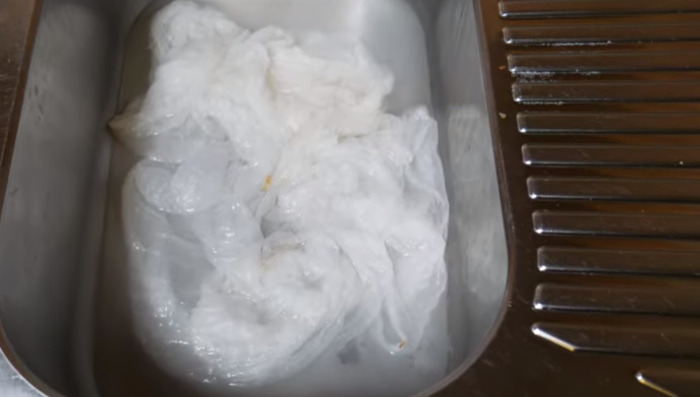
Pre-Washing Care
Before using your cheesecloth for the first time, it’s essential to pre-wash it. This step removes any sizing, oils, or impurities that may be present from the manufacturing process. Simply soak the cheesecloth in warm water with a mild detergent, then rinse thoroughly. This pre-washing ensures that the cloth is clean and ready for use in food preparation.
Washing After Use
After using the cheesecloth, especially with food items, proper washing is crucial. Rinse the cloth under cold water to remove any large particles. Then, wash it in warm water with mild detergent, gently rubbing to remove stains. Avoid using harsh chemicals or bleach, as they can damage the delicate fibers of the cloth.
Drying
Proper drying is key to maintaining the integrity of the cheesecloth. After washing, gently wring out excess water and hang the cloth to air dry. Avoid using a dryer, as the high heat can cause shrinkage and weaken the fibers. Air drying helps preserve the cloth’s texture and prolongs its usability.
Storing
Once the cheesecloth is completely dry, fold it neatly and store it in a clean, dry place. Keeping it away from moisture and contaminants ensures that it remains in good condition for future use. If you plan to use the cheesecloth for different purposes, consider having separate pieces for food and non-food tasks to prevent cross-contamination.
When to Replace
Cheesecloth is a reusable item, but it does wear out over time. Regular inspection for holes, thinning, or fraying is essential. If you notice any signs of wear, it’s time to replace the cloth. Using a worn-out cheesecloth can lead to ineffective straining and potential contamination of the food.
Avoiding Common Mistakes
Avoid using hot water for washing, as it can cause shrinkage. Also, steer clear of harsh chemicals that can break down the fibers. Following the proper care guidelines ensures that your cheesecloth remains effective and lasts longer.
Conclusion:
Cheesecloth is a versatile kitchen tool with various grades and types to suit different culinary needs. Its uses extend beyond cheese-making to include juicing, straining, and even some unconventional applications like dusting and cleaning. The availability of substitutes like cotton items, mesh bags, and medical gauze ensures that you can still accomplish your kitchen tasks even without traditional cheesecloth.
Proper care and washing techniques are essential to maintain its functionality and hygiene. From understanding its definition to exploring its uses and learning how to care for it, cheesecloth proves to be an indispensable asset in the kitchen. Its adaptability and wide range of applications make it a must-have for both novice cooks and seasoned chefs.
FAQs:
Can cheesecloth be boiled?
Yes, cheesecloth can be boiled. Boiling is often a recommended method for sterilizing cheesecloth before use in cooking or cheese-making. By placing the cheesecloth in boiling water for a few minutes, you can ensure that it’s free from any potential contaminants. This process helps in maintaining hygiene and enhances the quality of the food you’re preparing. It’s a simple yet effective way to care for your cheesecloth.
Can you use cheesecloth to strain celery juice?
Yes, cheesecloth is an excellent tool for straining celery juice. It’s fine weave allows the liquid to pass through while capturing the fibrous parts of the celery, resulting in a smooth juice. Simply place the cheesecloth over a bowl or jug, pour the blended celery into it, and gently squeeze or let gravity do the work. It’s a practical and efficient method that’s been used by kitchen experts for years.


